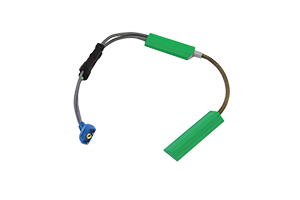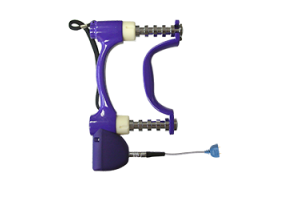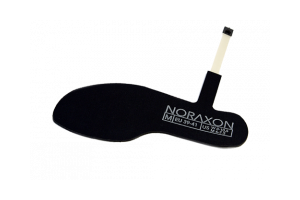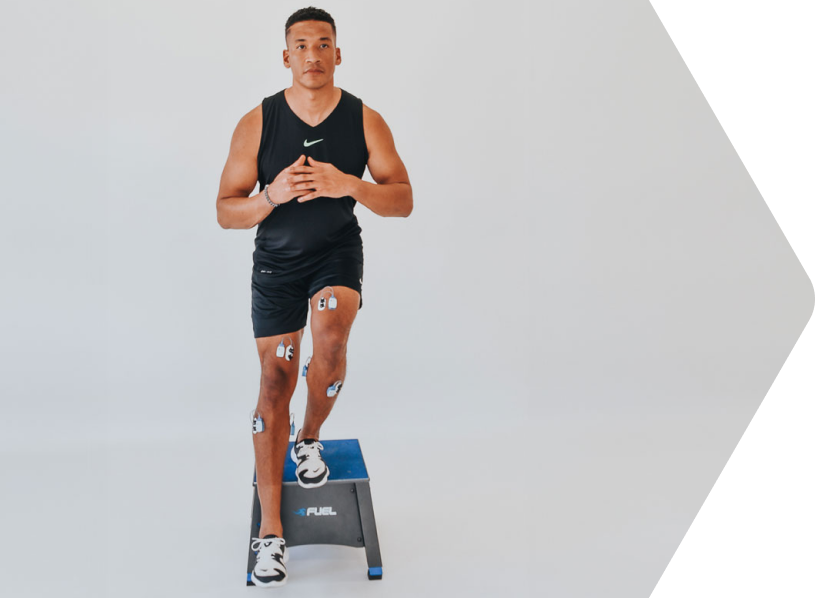
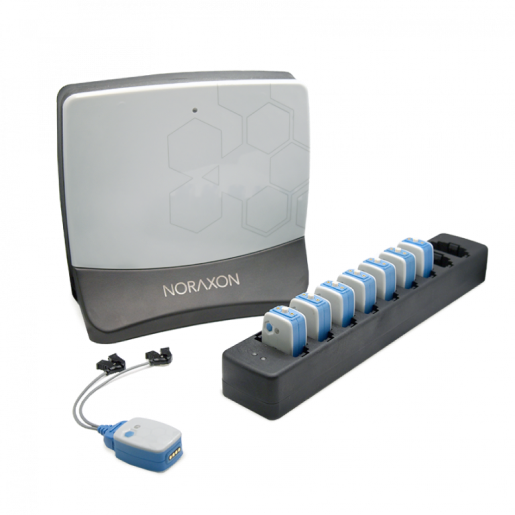
Wireless EMG with Internal IMU
Noraxon’s Ultium EMG sensor system is a multi-modal device that delivers high-fidelity data and flexible measurement options. Ultium EMG sensors sample up to 4,000 times per second, synchronize in real-time, and demonstrate low baseline noise (<1 μV RMS) with minimal native artifacts. The implementation of IMU enables you to record both EMG and movement data.
The system features a variety of patented SmartLeads, which transform the EMG device into a versatile sensor for virtually any type of kinesiological data, and supports complete data recovery with Lossless technology.
Each Ultium sensor includes lifetime* battery replacement.
High-fidelity data
Ultium EMG sensors sample up to 4,000 times per second, synchronize in real-time, and demonstrate low baseline noise (<1 μV RMS) with minimal native artifacts.
Flexible measurement Options
The patented SmartLeads enable our system to convert the EMG device into a highly adaptable sensor capable of collecting diverse kinesiological data.
Internal IMU
Ultium EMG’s internal IMU allows simultaneous recording of EMG and raw movement data, enabling comprehensive analysis of muscle activity and movement patterns for deeper biomechanical insights.
Lifetime Battery Replacement
We offer free lifetime battery replacement on all Ultium EMG sensors. Each battery is covered for up to 10 years, ensuring that your sensor remains operational and reliable for an extended period, even as the battery ages.



